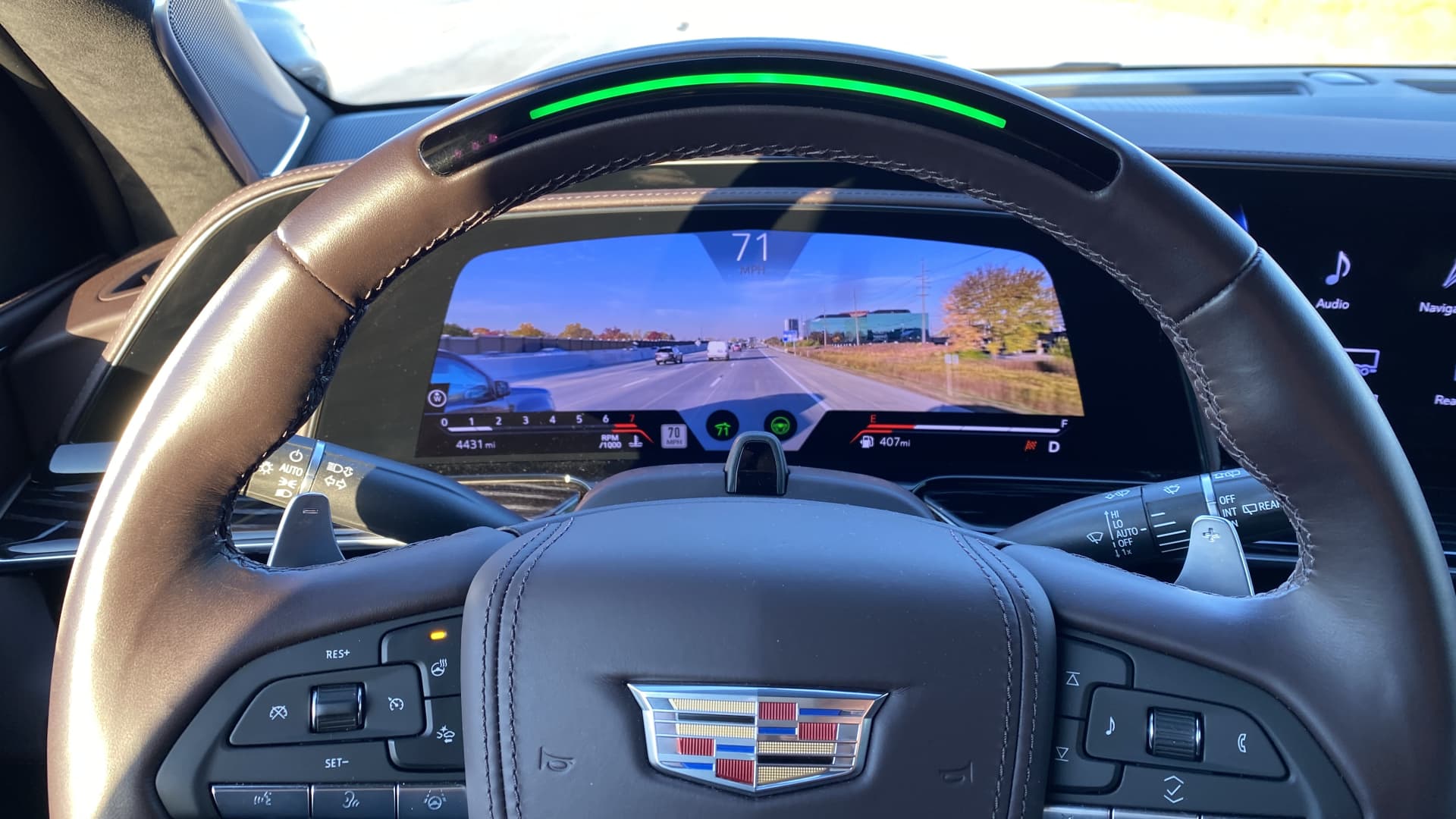Dewg
Active Member
I consider myself a Tesla fan, but not a fanatic. I acknowledge problems the car has, but I'm also totally impressed with the features and progress. What other car can I get behind the wheel and have it drive me around on city streets? It's definitely not perfect, but still amazes me every time I have a 0 intervention drive.They are... unlike you and Tesla fans, we can approach things critically and give out constructive criticism like JJRick did and not be hanged by an angry mob. It actually proves that real ADAS/AV lovers are NOT biased towards a particular company. They can logically deduce who is ahead aswell. IF another company shows up and deploys something better, we will logically assess and crown that company.
For Tesla fans like you, Tesla is 10 years ahead. No matter what.
Tesla FSD can plow through a crowd of children and kill dozens and still be considered 10 years ahead.
Nothing will alter your mind.
That's not logic or reason.
That's called fanaticism.
Waymo also blows me away. Watching it in person while visiting SF recently was fun. Lots of them driving around downtown - my favorite was a Waymo, then a Cruise a few cars back, then several cars behind, a Zoox. Exciting times we're in.




